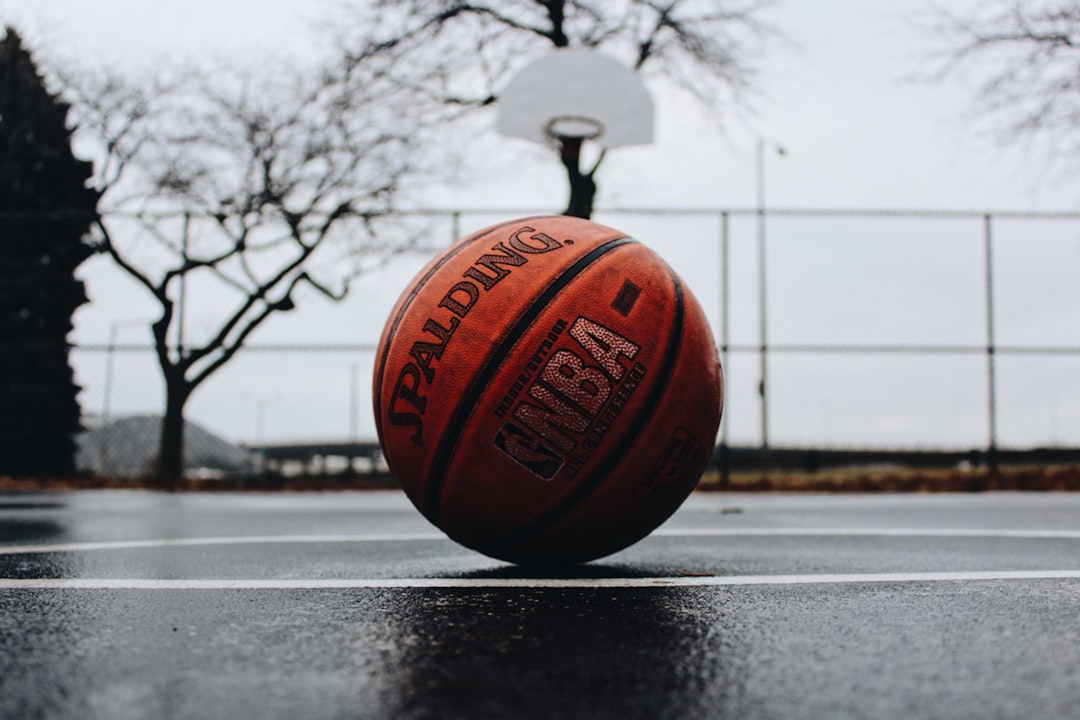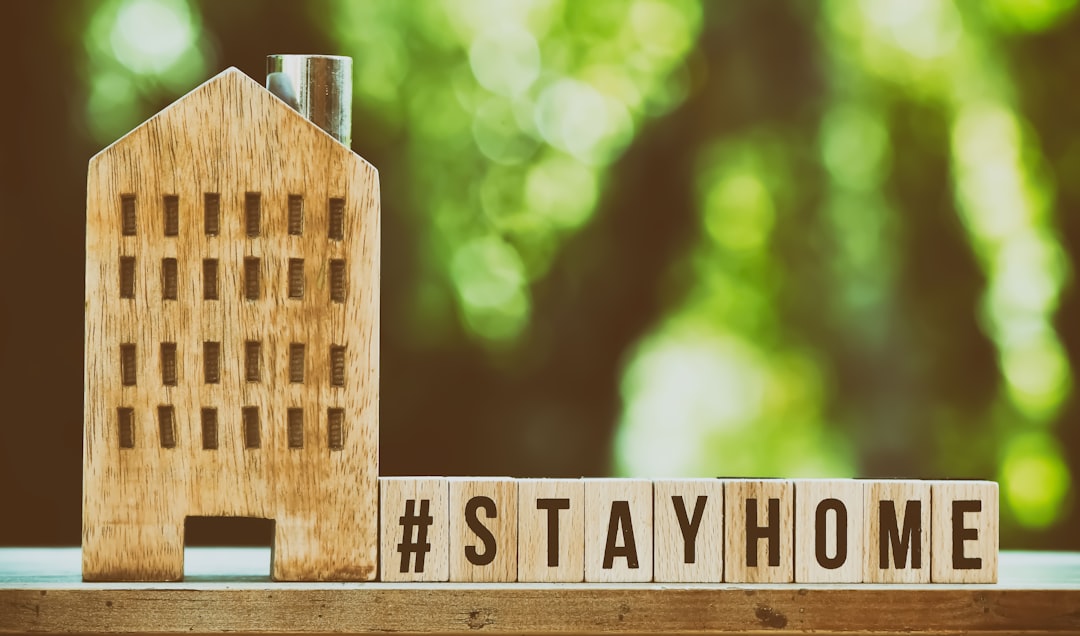Where were you when the pandemic first felt real?
Looking back at the polling about the many things we didn't know three years ago.
There are plenty of moments that people of a certain age will tell you are seared into their minds. Where were you when President Kennedy was shot? When the Challenger disintegrated on takeoff? When the Twin Towers fell?
The arrival of the COVID-19 didn’t hit all at once in a single moment, a gunshot, an explosion, a fireball. But nearly everybody has their memory of the moment the switch flipped for them. For me, it was standing in Union Station in Washington, which was unusually empty on a Wednesday. I was headed up to New York and before boarding the train, I discovered that the Blue Bottle Coffee at the station was no longer allowing people to self-administer cream and sugar into their coffee due to concerns about the spread of germs.
Weird, simple, and the moment my brain realized this is real.
That day, the Utah Jazz’s Rudy Gobert tested positive for the coronavirus, the NBA cancelled the season, the World Health Organization declared a global pandemic, and we crossed the threshold into the extremely strange, frequently scary period of time that we now know as the COVID era.

It has now been three years. There have been over a hundred million cases of COVID-19 reported in the United States, and over a million deaths here that WHO attributes to the disease. Globally, the death toll sits just under 7,000,000.
We have also mostly moved on from the pandemic itself. There are still some “please stand six feet apart” decals on the floors of stores and office buildings that nobody has taken the time to remove because nobody even notices them anymore. COVID-19 health centers are winding down. Some people still wear masks from time to time, but they’ve largely disappeared from public life. Yes, Novak Djokovic still can’t come to the U.S., but many other entities have dropped vaccine requirements.
We’ve learned a lot in those three years. We’ve learned a lot about how the virus is spread, and how early efforts to wipe down surfaces with Clorox wipes were futile in the face of this aerosolized pathogen. We’ve learned that moving students to remote learning for extended periods of time results in catastrophic learning loss in children. We learned that closing beaches was probably counter-productive, insofar as getting people outdoors was probably a good strategy for minimizing transmission. We know that yelling at people for going out for a jog without a mask was ridiculous behavior, and that there’s still a lot we don’t know about the effect of masks on curbing transmission.
We’ve learned that three years ago, very few of us - normal people and experts alike - knew what we were in for and how best to fight it.

Pollsters will frequently tell you that a poll is merely a “snapshot in time”. This is usually as a caution against considering a poll to be predictive. “Yes, my poll shows Candidate B up by four points, but we are three weeks from the election, so don’t come yelling at me if Candidate B ultimately does not win by four points. This is a snapshot in time.”
One week after the NBA’s cancellation and the WHO’s declaration, the very day that both Tiger King and Animal Crossing: New Horizons came out, my firm Echelon Insights went into the field with a survey to gauge American voters’ attitudes about the emerging situation. I wanted to take a look back at a snapshot of America after that first week.
Now, in the midst of deep polarization, it feels like the two parties have completely different views on the pandemic, but at the time the differences were not so great. We asked in late March 2020, if voters thought people were generally exaggerating the risk of the coronavirus, not taking it seriously enough, or getting it about right. The partisan difference on this question is more muted than you might expect, with Republicans evenly divided between the three responses and only slightly more likely (31%) than Democrats (21%) to feel the situation was being exaggerated.
Similarly, while Democrats were more likely to report being extremely or very concerned about their chances of becoming infected with the coronavirus (65%) than were independents (43%) or Republicans (40%), few people of any party said they really weren’t very concerned at all.
When asked what the biggest hardships were that that first week of lockdown had caused, respondents across party lines identified the same challenges at about the same levels: feeling down about the situation, not being able to see friends and family, and not being able to go about their daily routine.

The findings for me that are the most shocking aren’t the ones that found us all in the same boat early on. As hard as it is to imagine now, our data from March 2020 found 86% of Republicans along with 92% of Democrats agreeing with statements like “Staying home is essential to slowing the spread of the coronavirus in my community.” We found similar slim majorities of Republicans (51%) and Democrats (54%) saying they would be “more likely” to vote for an elected official who put their community into lockdown.1
To me, what is more shocking is to look back and see just how few of us could imagine what we were all collectively in for. We asked if people believed that one day “a majority of the U.S. population will eventually become infected with the coronavirus” and only four-in-ten said yes, with more Democrats than Republicans responding that way.
We also wanted to gauge how long people thought disruptions would last. The survey was in the field during the “15 Days to Slow the Spread” (days four through eight, I believe), and when voters were asked if they believed “the U.S. will get the spread of the coronavirus under control and life will return to normal within 3 months,” 41% (this time, more Republicans than Democrats) said yes.
When we presented respondents with an even more outlandish (or it seemed that way at the time) projection, only 29% of voters said that they believed fully getting the virus under control would require lockdowns and social distancing for more than a year.
It has been three years and we are still picking up the pieces, mourning loved ones who died, trying to help children and adolescents who are still suffering consequences, working to reclaim lost time, figuring out what parts of the old ways of doing things we want to bring back - and what we want to leave in the pre-pandemic past.
Last fall, economist Emily Oster wrote a thoughtful piece in The Atlantic that we should declare a “pandemic amnesty”, to be forgiving of one another for choices made in the early days of the pandemic that have turned out to have been misguided. “But the thing is: We didn’t know,” Oster writes.
I don’t fully concur, at least insofar as there are plenty of institutions that don’t get to claim “we didn’t know”, institutions that should have known better, institutions that muddied the waters on what the science did (and did not) say as a means to achieve ideological or other ends.
But upon looking back at this data, at this snapshot of a scared public trying to figure out what life would look like in the coming days, having no idea that we’d be talking about this pandemic in terms of years, not weeks or months, I can’t help but feel badly for everyone, even those whose views would prove wrong.
Revisiting this polling is like rewatching a disaster movie, knowing what is coming but being unable to shout through the screen at the characters to help them prepare.
I really dislike fielding “more/less likely to vote for” questions and am likely to use this as an example of why with clients in the future, but I digress.



